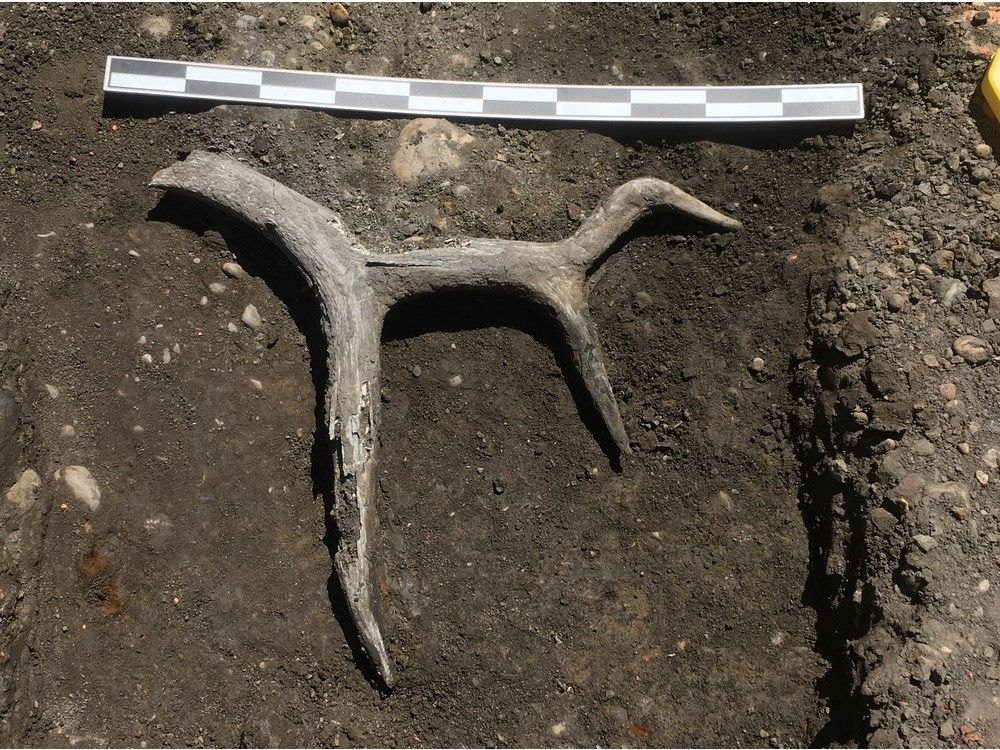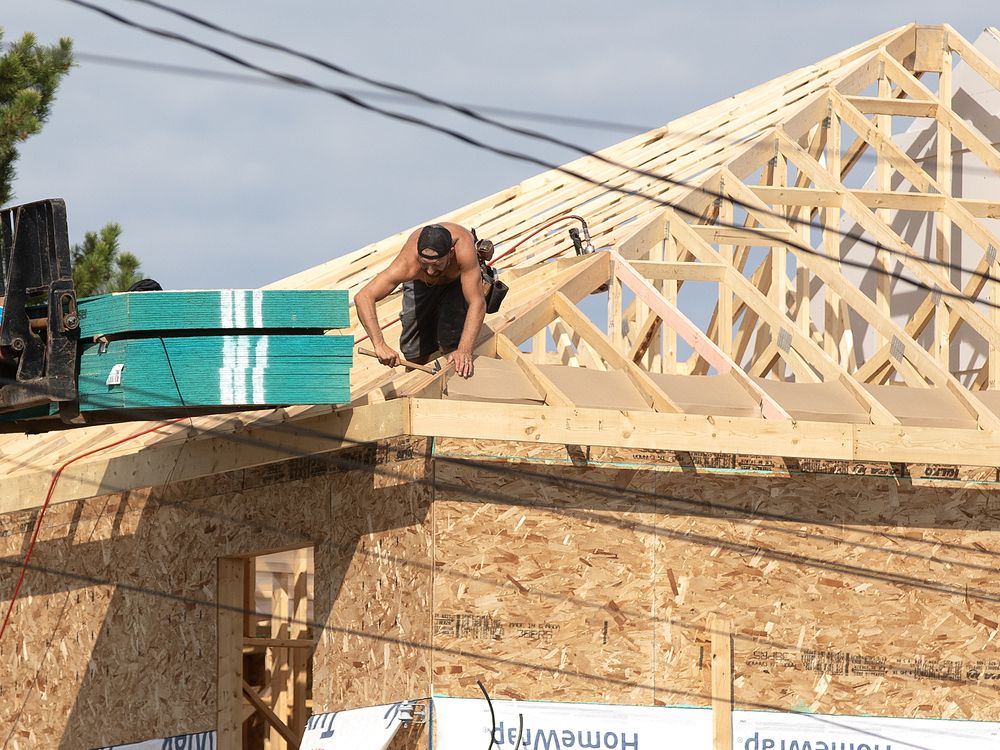Air Canada makes changes after passengers with disabilities share ‘dehumanizing’ experiences

Air Canada says it’s apologizing and making a number of changes internally to improve the way it treats passengers with disabilities after several high-profile incidents — including one involving a passenger who had to drag himself off a plane — led to a meeting with federal ministers in Ottawa this week.
The airline said Thursday it will be updating the boarding process and changing the way it stores mobility aids like wheelchairs to ensure customers with disabilities can get on and off the plane safely, as well as updating its training procedures for thousands of employees.
“Air Canada recognizes the challenges customers with disabilities encounter when they fly and accepts its responsibility to provide convenient and consistent service so that flying with us becomes easier. Sometimes we do not meet this commitment, for which we offer a sincere apology,” CEO Michael Rousseau wrote in a statement.
“As our customers with disabilities tell us, the most important thing is that we continuously improve in the future.”
The changes come after four people with disabilities spoke publicly this year about their “dehumanizing” experiences flying with Air Canada. Their stories included experiences dragging themselves off a plane, being dropped by staff, having their wheelchair left behind and having their ventilator bumped and disconnected during a transfer between wheelchairs — ordeals that advocates have described as all too familiar.
Rodney Hodgins, who has cerebral palsy, was forced to drag himself off an Air Canada flight in Las Vegas in August after being told wheelchair assistance wasn’t available.
B.C.-based comedian Ryan Lachance, who has quad spastic cerebral palsy, said he was dropped and injured by Air Canada staff while attempting to disembark a flight in Vancouver in May.
Featured VideoRodney Hodgins says he was forced to drag himself off an Air Canada flight after the airline failed to provide the wheelchair assistance he requires.
Last month, Stephanie Cadieux, Canada’s chief accessibility officer, said the airline left her wheelchair in Toronto when she flew back to Vancouver.
Toronto’s Alessia Di Virgilio, who uses a power wheelchair, had her ventilator disconnected and a lift fall on her head as Air Canada staff struggled to transfer her between the aircraft and her wheelchair during a recent flight to Charlottetown.
Air Canada CEO meets with minister
Federal Transport Minister Pablo Rodriguez summoned airline representatives to Parliament Hill this week to “present a plan” to address its treatment toward customers with disabilities.
Rousseau was present at the meeting on Thursday, along with Air Canada vice-presidents.
In media scrums after the meeting, Rodriguez said he told Rousseau the airline’s current plan “wasn’t working.”
“We told Air Canada it was unacceptable what happened, and they agreed with us,” he said.
“We made that very clear to their CEO,” said Kamal Khera, minister of Diversity, Inclusion and Persons with Disabilities, who also attended the meeting.
“Not only do airlines need to be held accountable, they need to do a lot better, and they need to put forward a comprehensive plan in the short term and the long term.”
Rodriguez and Khera said they’ll be meeting with Air Canada again in December.
In the statement afterward, Air Canada said people who request lift assistance will be consistently boarded first and “proactively seated” at the front of the cabin they booked.
Featured VideoAfter a series of ‘humiliating’ incidents aboard Air Canada flights involving passengers who use wheelchairs, Transportation Minister Pablo Rodriguez has summoned the airline to his office in Ottawa.
The company also said mobility aids, like wheelchairs, will be stored in the aircraft cabin “when possible.” If aids have to be stored beneath the aircraft, the company said it is creating a new tracking system that will include a process to confirm the aids are actually on the plane before it takes off.
“Customers travelling within Canada will be able to track the journey of their mobility aid using the Air Canada app,” it said.

Employees will be now be trained annually to better serve people with disabilities, including training on how to properly lift a person who needs help. The airline has also new senior position to ensure the plan is rolled out properly.
Tom Stevens, VP of customer experience at Air Canada, said over 2,000 people who require mobility assistance travel with the airline every day, most of them without incident.
“We know we need to get accessible travel right 100 per cent of the time. What we’ve announced today is the first step on this journey,” he said.
“We know even a single service failure is a service failure too many.”
Stevens said Air Canada is “accelerating the first step of measures, which we think will get at the vast majority of situations.”
The Canadian Transportation Agency, which regulates air travel in Canada, received 197 complaints about accessibility during the 2022-2023 reporting period. Data showed 54 of those complaints were related to mobility aids, while 46 were related to problems with extra assistance.
In total, the agency has received 975 complaints about accessibility since 2018 — nearly 200 each year.
In August, the airline was fined $50,000 for failing “to provide a temporary replacement mobility aid that met the mobility needs of a person with a disability who did not retain their mobility aid during their flight and which was not made available to the person at their arrival.”





